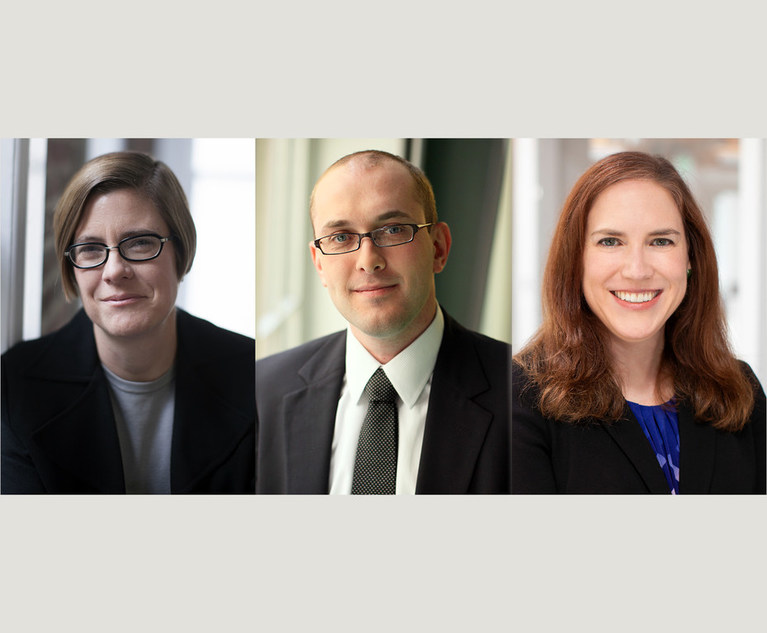
George Durie reached high offices in church and state, becoming Commendator and the last Abbot of Dunfermline before the Reformation. However it was confiscated by the Crown during the Scottish Reformation. 16th and 17th centuries īurntisland Castle was the most extensive of Durie properties and in 1563 it was occupied by Mary, Queen of Scots. In 1382 Burntisland Castle (now known as Rossend Castle) was built and it includes a tablet over the entrance bearing the Durie arms and the date 1554. It is from Richard de Douer that the main chiefly line is descended from. Others bearing the name who appear in documentary evidence include Francis de Douery (c.1250), Malisius de Douery (c.1350), Michael de Douery (c.1373), John de Douery (c.1406) and Richard de Douer (c.1405). In about 1258 Duncan de Dury was a witness for Malise, Earl of Strathern. The family's prominence in Fife is found in charters throughout the thirteenth and fourteenth centuries. A house that was built in Craigluscar possibly around 1520 has a stone bearing the initials of George Durie and his wife Margaret Bruce. The Duries had the estate of Craigluscar which is near Dunfermline, Fife and the lands called Durie in the parish of Scoonie near Leven, Fife. A much-quoted reference to the Duries being in Fife from 1119 is based on a mis-reading of a carved stone. Modern historical research shows that in 1260 or shortly thereafter, a younger son of the Earl of Strathearn was granted the land in Fife already called Durie and took the name, becoming “of Durie” or, in the Anglo-French used in documents of that time, “de Durie”. Nor were they Normans, or "travelled to Scotland in 1069 as part of the entourage of Queen Margaret of Scotland".


The origin of the surname is often said to be from the French Du Roi'. Durie is a Scottish family of the Scottish Lowlands, not a Scottish clan as sometimes reported.


 0 kommentar(er)
0 kommentar(er)
